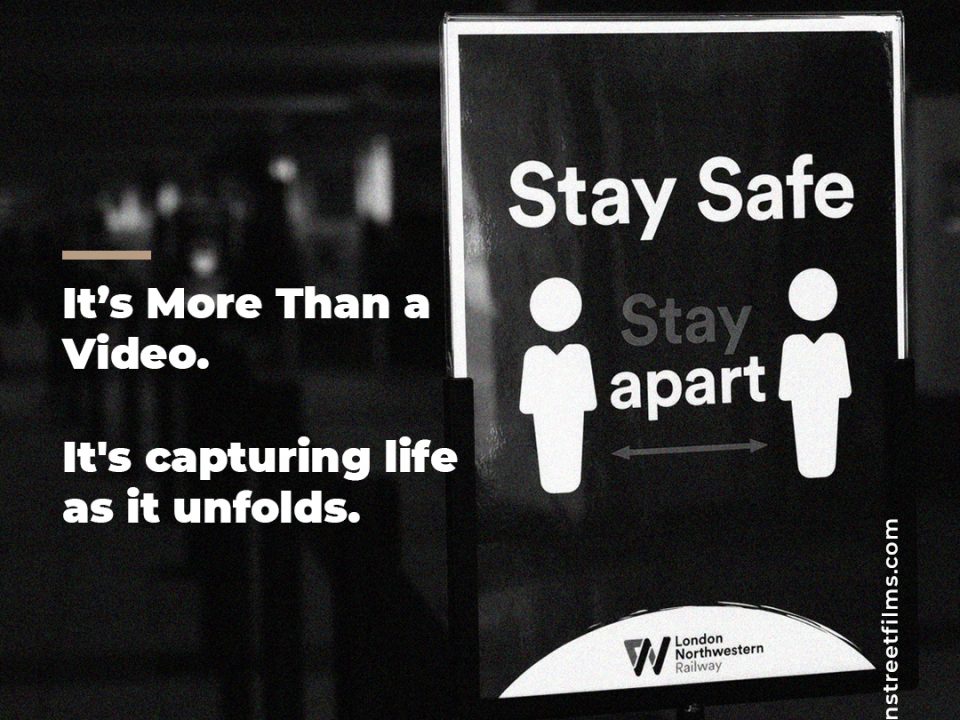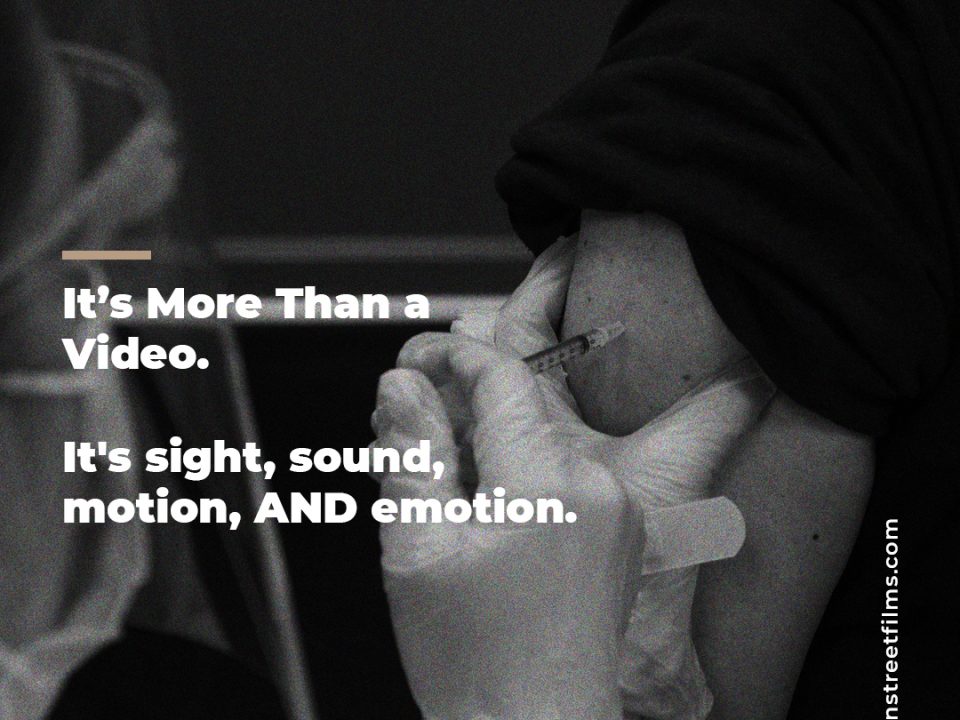Intertwining the Five Senses in Multi-Sensory Marketing

Great Ideas Plus Video Production Equals a Great Video
August 24, 2021
Four Important Questions to Ask a Video Production Company
September 7, 2021Intertwining the Five Senses in Multi-Sensory Marketing

Video Production Company

Intertwining the Five Senses in Multi-Sensory Marketing
Most people take commercials for granted as the only venues to promote products and services. However, shooting a moving advertisement is all about the five human senses working together to promote a unique experience for anyone watching the reel.
1. The Sense of Taste
Although taste is commonly associated with food products, it can also connect two services. For example, a commercial for a credit card can be used to explain the sense of taste. Yes, plastic is not edible, and it doesn’t taste good. But linking credit cards with good food, restaurants, and great dining experiences can all be associated with taste. The point is not to taste the credit card—but to create culinary experiences that people can enjoy through their credit cards. It’s a great way to link two unrelated services or products together to make a point that leads to the sense of taste without the primary service being related to food.
2. The Sense of Hearing
It’s essential to identify a brand or company based on sounds alone. For example, phone commercials heavily rely on the unit’s sound produced while receiving a text message, getting a call, or simply turning on the device. Through sound, commercials seem more relatable for people as they associate themselves with mundane experiences. Another example can be from a hotel’s commercial. A single beep using the hotel’s magnetic key card to enter a room can be a remarkable sound, especially for people who have stayed in the same hotel.
3. Sense of Smell
The smell is most noted among all the senses for its ability to recall emotions based on scents alone. For example, commercials of laundry detergent bring memories of childhood and helping in household chores. Even if it’s a familiar scent you smell most of the time, it still provides a level of nostalgia only seen in commercials. Coffee shops also excel in producing scent-driven commercials as most people resonate with how coffee smells in the morning before they head to work. Although it’s something uncommon, it relates to the working class more than anyone else.
4. The Sense of Sight
Seeing is probably the most straightforward sense to portray in a commercial. Through colors, fonts, and visual cues, people get to identify a product straight ahead. For example, Mastercard’s colors are known globally for their vivid shade. The company has maintained worldwide popularity for being easy to recall and recognize wherever people are. However, brands should also stay consistent in all the outputs they publish. The shades, colors, and hues should all stay consistent to avoid confusion and misunderstanding. Once the visual cues are established, it should remain consistent unless rebranding occurs.
5. The Sense of Touch
The sense of touch can be observed through commercials showing their products at a closer angle. If you’re wanting to touch the product upon seeing the commercial, then you’re likely affected by the sense of touch. It doesn’t only stop on the product’s outer shell—it continues until the product goes into packaging, up to the point where the customer is able to touch the product in their hands.
Conclusion
Multi-sensory marketing is the art and science of using our senses to engage people holistically. Triggering a response from a customer’s senses, such as sight or sound, can multiply brand engagement and experience. Therefore, if you want to create better commercials for your brand in the future, try engaging with the public through what they know best—their senses. Crown Street Films is a commercial production company with locations in Miami and Los Angeles. Our goal is to produce unique content forwarded to multiple platforms, mediums, or networks to boost companies and businesses. Get in touch with us today, and let’s work on a project to help you gain more.




